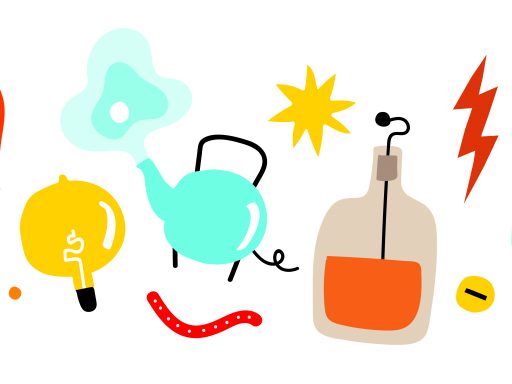
Here’s a question you probably haven’t been asked: in a game of museum object charades, how would you act out an ornate 19th century glass lamp shade?

Here’s a question you probably haven’t been asked: in a game of museum object charades, how would you act out an ornate 19th century glass lamp shade?
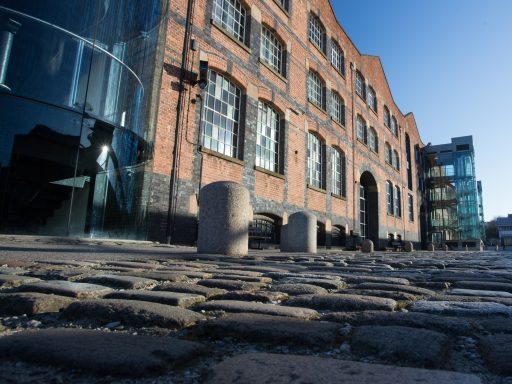
You may be surprised to learn that our ‘Great Western Warehouse’ (formerly ‘Main Building’) has been renamed ‘New Warehouse’. What’s so new about it?
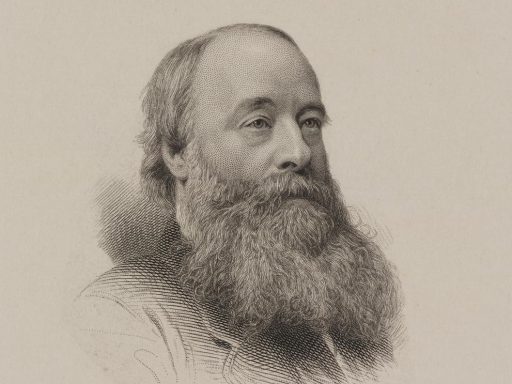
Curator of Engineering Sarah Baines takes a look at the innovative thinking of James Joule, whose ideas on heat and energy were initially thought to be so revolutionary they were rejected by the scientific establishment.
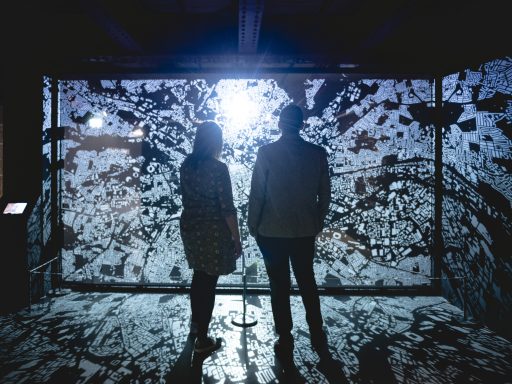
Consultant curator Paul Bonaventura talks about the thinking behind the amazing artworks that were specially commissioned for Electricity: The spark of life.
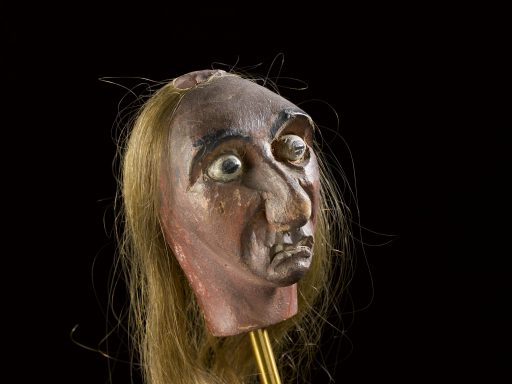
It was a dark and stormy night… We have some weird, wonderful and decidedly spooky things in the Science Museum Group collections so for the creepiest day of the year let’s take a trip to the basement and remember to bring your pointiest stake…
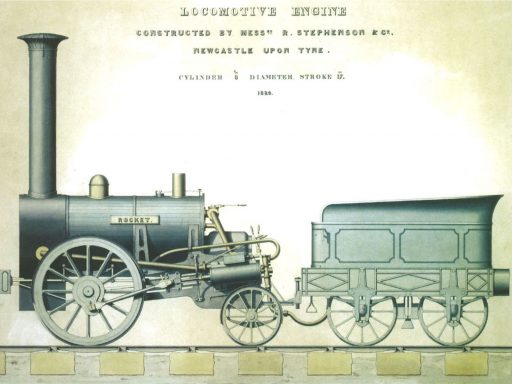
Michael Bailey, author of Rocket: A history of a pioneering locomotive, talks about the engineering that set Rocket apart from its rivals.

With Halloween around the corner we’ve got pumpkins on the brain. But have you ever thought about what happens to all of the waste from inside the pumpkin?
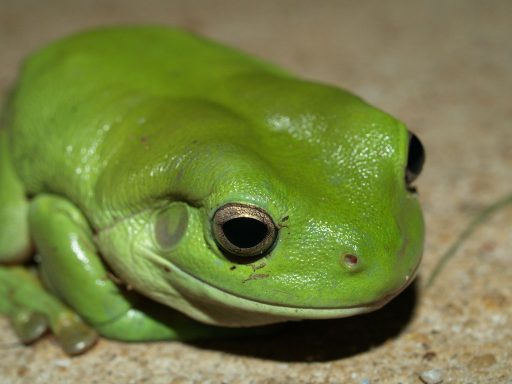
If you’ve been to see our new exhibition Electricity: The spark of life, you may well have seen a video featuring a frog suspended in space. And you may well be wondering what artist John Gerrard was thinking when he created his levitating frog. Let us explain.
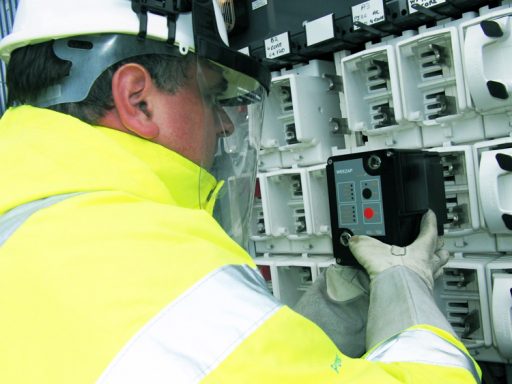
Ben Ingham, from power network operator Electricity North West, shares the key innovative kit that keeps power flowing.

Since announcing Manchester Science Festival headliner You Have Been Upgraded, we’ve become fascinated with the transhumanist movement and the concepts of cyborgs, biohacking and bioengineering.
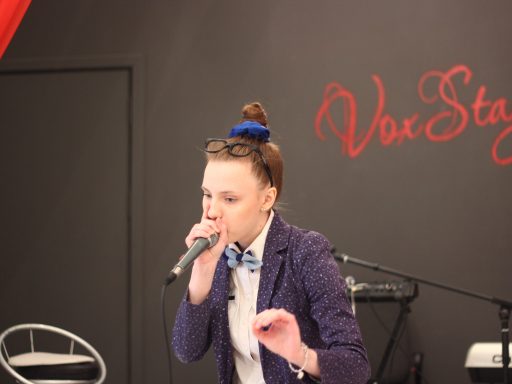
Beat boxers can make an amazing array of sounds using their mouths, tongues and throats. But what’s the science behind how they do it?
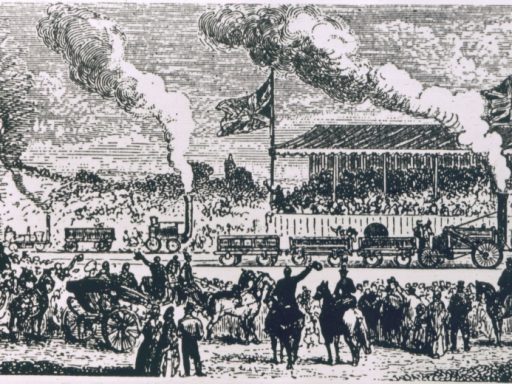
To celebrate the Rainhill Trials, let’s take a look at how the names of the engines captured the spirit of the era, and how what you call something continues to shape how we think of the past and the future.